By Peter Suciu
Since the first tanks rolled across the battlefield in World War I, armored crews have required specialized equipment to protect them inside the giant metal beasts. At first this meant simply adopting existing headgear, but ensuing years saw great changes in development of the various types of helmets that tank crews wore.
The British were the first to successfully deploy tanks on the battlefield, and thus the first to realize that the soldiers inside the tanks needed just as much head protection as those sheltering in the trenches. Often it was from the vehicle itself that the soldiers needed protection. The uneven terrain of no-man’s-land caused crews inside the tanks to bounce around wildly, and because they were unprotected, non-combat head injuries were commonplace.
The solution was to issue helmets to the troops inside the tanks. The first helmets, issued in the summer of 1916, were made from four pieces of thick leather riveted together to form a deep bowl. Only a few hundred of these helmets were produced because that the shape was too similar to the German M16 steel helmet. In early 1917, the helmets were replaced by standard British MkI steel helmets, painted blue for use by tank troops.

To provide a bit more protection to the wearer, a unique protective mask with small eye slits was created. This anti-splinter eye mask came equipped with a drape to cover the lower face, created from closely knit metal links over a piece of leather. These links were reminiscent of medieval chain mail and mounted to the forward part of the MkI helmet visor.
The French also adopted their steel infantry helmets for tanker service during World War I. France had been among the first nations to use a modern steel helmet for combat in the trenches, and the army quickly devised its own modified helmet for armor crews. The first change was merely removing the forward visor from the M15 Adrian helmet, but later improvements included the use of an anti-splinter visor similar to the British model.
Following the war, the French continued to experiment with a variety of tanker helmets, adding a leather bumper pad to the front of the helmet. This style of helmet went through a number of other changes in the period between the two world wars, including better liner systems and thicker pads. Eventually, the telltale top comb of the Adrian pattern was removed completely, giving way to a fairly sleek helmet that would remain in service when World War II began. The final evolution of the French design, known as the Jeanne d’Arc or De Gaulle Helmet, featured an American M1-style webbing system for the helmet liner. This simple shell design would prove impractical for the new style of colonial warfare that France would face in Indochina and North Africa.
The first French post-war tanker helmet was introduced in 1951. This leather helmet was unique in that it could be used in conjunction with the M51 OTAN steel helmet. Classified as a radio tank helmet, it was updated in 1958 and 1965, first with a plastic shell replacing the leather variety and then with built-in radio equipment. This design remained in use until the 1980s, when it was replaced by a plastic rubberized helmet that incorporated an anti-noise system. This plastic helmet remains in use today.
The British also utilized several tanker helmet designs following World War I, including a leather crash helmet in the 1930s. This was one of the first tanker helmets to include an earphone harness for greater communication between the tank crew. During World War II, the Royal Armored Corps adopted a mild steel shell that featured the basic shape of their paratrooper helmets. Through several versions, with a variety of liner types, the steel helmet remained in service until it was replaced by the Vehicle Crewman Helmet in the 1970s. This large helmet was bulky and hot to wear, but was an improvement over the earlier helmets. The current model in service, the 1983 Kevlar version, features detachable communication equipment and is lighter than previous helmets. It is less bulky and more comfortable, even for extended periods of time.

Germany, much like her enemies across the lines during World War I, entered the conflict with a style that was evocative of another era. The distinctive spike helmet, or Pickelhaube, was ill suited for the trenches, and the Germans eventually introduced a helmet design that would prove to be iconic through two World Wars. The Germans also used a specially created leather tanker helmet. The helmet was round with leather padding all around. Period photographs show the use of an anti-splinter mask that was almost identical to the British version. Few of these helmets are known to have survived.
Following her defeat in World War I, Germany wasn’t allowed to possess any significant armored units, but with the rise of the Nazi Party, in the 1930s the nation rearmed. The Nazis placed a new emphasis on armored combat, and the Panzer troops adopted a special tanker beret that remained in service through the early blitzkrieg campaigns. Tankers wore a black woolen beret over a helmet made of leather and felt. With their black uniforms and death’s-head Totenkopfs, the tankers had the look of modern dragoons, an elite force to be reckoned with on the battlefield. The berets were found to be impractical, however, and by the summer of 1940 they were phased out and Panzer crews were issued steel helmets.
Germany’s Italian ally during World War II attempted to modernize their army under the dictatorship of Benito Mussolini with the creation of armored units that saw combat in Libya and Ethiopia. In the early 1930s, these units were provided anti-crash leather helmets made almost entirely of leather and inspired by the Italian air force helmets. The Italians soon created the Model 1935 tanker helmet, which was produced in large numbers and used throughout World War II. The Model 1935 featured black leather padded with felt and cardboard; a black leather skirt covered the back of the wearer’s head. An extra round “donut” of padded leather with felt circled the helmet to provide extra bump protection. Although unattractive and uncomfortable to wear, the helmets worked well, and Italy continued to use them until the 1960s. Additional leather helmets were issued in large numbers to Francisco Franco’s armed forces in Spain, and the Spanish versions are more commonly found for sale today. Leather helmets were also used by various South American nations during the World War II and post-war period.
Halfway around the world from their European Axis counterparts, the Japanese devised their own tanker helmet, one that was unique from their traditional steel helmet design. “It is my opinion that Japanese tanker helmets were based on earlier flight helmets,” Japanese helmet collector Jareth Holub said, adding that he has an early flight helmet that was taken from a Japanese tanker commander in the Philippines. Holub stressed that there are three known variations of tanker helmets, including an early winter model that was fur-lined with dark brown leather, a summer-weight fabric version, and a variant with snaps to secure goggle straps to the helmet. The summer-weight version is the most common, made of waterproofed hemp with a leather liner that provides extra support at the front and back.
Many seemingly unissued Japanese tanker helmets have shown up in recent years. They are not believed to be fakes or copies, but were possibly from a forgotten cache uncovered in Kyoto in the 1970s or 1980s. “The story goes that these were stored in, or behind, a Shinto temple,” noted Holub. The tanker corps was close to being rendered defunct by the end of the war, but Japanese companies with military contracts typically produced the quantity of items in the contract, regardless of the way the war was going. Most likely, the “forgotten” items were merely contracted items that weren’t required by the military at the time.

Axis tanker helmets typically were not designed for use with radio or other communication equipment. Until the end of the war, the Japanese relied on signal flags to direct their armored units, while the Germans and Italians at times used throat mikes and traditional earphones that were not integrated into the headgear.
While many nations went through several varieties of headgear for their armored personnel, the Soviet Union followed the belief that if something isn’t broken, don’t fix it—at least not too much. The first anti-crash helmets were used during the Russian Civil War and were little more than heavy leather hats. Motorized riflemen were issued specialized versions of the typical Soviet helmet during the Cold War, but tank crews typically relied on a basic leather—later canvas—padded helmet.
“The Soviet philosophy about tank headgear is well known,” says Dr. Robert Clawson, emeritus professor of European Military Studies at Kent State University and the author of Russian Helmets: from Kaska to Stalshlyem 1916-2001, “they never expected a tank crew to have interior ballistic protection.” The anti-crash helmets were first designed in 1935 and featured a forehead pad along with three strips of additional padding along the top of the helmet. Clawson adds that the Soviets first used leather and then switched to cloth during the war, when leather became scarce. The cloth versions were also issued in several different colors including black, khaki, green, and dark gray. Made in both winter and a lighter summer version, these accommodated communication headphones quite easily.
Soviet helmets were upgraded over the years with a design that included four rather than three bumpers (most experts agree that the three bumpers were the wartime version). Facemasks for protection from dust and smoke and night-vision equipment were optional accessories that were eventually introduced into the Soviet helmet system. In the 1980s the helmet was again upgraded, this time with six protective bumper pads and a noise-reduction system. The 1980s helmet remains in use in former Soviet republics such as Russia and the Ukraine.
As with other Soviet-made items, it is often hard to precisely date the helmets. The three-pad design was in place in the 1940s and 1950s, and today the “wartime” items demand more money. It is all too common, however, to find the dates altered, and collectors should be cautious. Likewise, there are a growing number of fakes being produced in Eastern Europe and aged to look like the real deal, many claiming to be from the Battle of Kursk.

Of all the tanker helmets used during World War II, the most familiar is the football helmet-shaped American tanker helmet. This was not the first tanker helmet used by the United States, however. The first helmet specifically designed for armor troops was developed by the Ordnance Technical Committee headed by Bashford Dean of New York’s Metropolitan Museum of Art. Dean was curator of the museum’s Arms and Armor Gallery and oversaw several helmet designs for the U.S. Army. The 1918 helmet design, called the Model 13, and was the first one specifically designed for tank crews. It was a steel bowl-shaped helmet with a three-pad liner and web chinstrap and a large foam-rubber ring serving as a bumper pad. This helmet was ultimately rejected, along with several other experimental helmet designs, including a couple that have become known as “donut” tank helmets thanks to their prominent ring features. These helmets, along with other designs, are documented in Chris Armold’s reference book Painted Steel: Steel Pots, Volume II.
Throughout the 1930s, the American designs were clearly inspired by football helmets of the day. “General Patton, for example, was getting football helmets from the Riddell Company via Major Sydenham, who was the officer in charge of developing the M1 combat helmet,” said Armold. “The Riddell helmet was ideal for protecting tank crews from bumps encountered in bouncing armored vehicles.” This led to the 1938 tanker helmet, which some collectors call the M-1938, although the official nomenclature for this piece of headgear is just “Tank Helmet,” rather than the typical American designation or military name. Likewise, it was not considered a clothing item, like a helmet or hat, but rather as part of “On Vehicle Material” for the tank. Used throughout World War II and into the 1950s, the helmets featured leather flaps with elasticized straps to hold radio equipment in place. Rather than cotton webbing, the designers opted for leather when creating the liner. Like the later French OTAN tanker helmet, the American tanker helmet could be worn under the M1 steel helmet shell, although with radio equipment this proved somewhat difficult.
The helmets used by American Army and Marine tank crews in World War II were exported during and following the war to Australia, Britain, India, and China. They remained in service through the Korean War and even into the early stages of the Vietnam War. While these helmets saw a lot of action, it is still possible to find nice examples today. Many have shown up in recent years. “A large cache of them was found a few years ago by a military dealer in India,” explained Armold. “Now they are all over the place.” Variations were produced in occupied Germany for American tank crews serving there. These helmets have subtle differences, but are clearly based on the original 1938 design. That design saw numerous experimental upgrades throughout the Cold War, and the helmet was eventually replaced by the T-56 communication helmet. This was the first of the CVC, or Combat Vehicle Crewman helmet, which included a self-contained communication system that was used throughout the latter part of the Vietnam War.
In the early 1970s, the American Army developed a helmet that used a four-part system with an outer shell, inner liner, earphones and microphone. The DH-132 featured a non-ballistic bump-protection outer shell made of a hard phenolic resin laminate. This was upgraded in the 1980s with the addition of an improved ballistic Kevlar shell. The helmet remains in use by the American Army. A slightly different version, called the MC-140, is used by the Marine Corps.
The tank helmet, from its simple leather beginnings to the current Kevlar version, has benefited from new technologies and design innovations that have helped save countless lives.
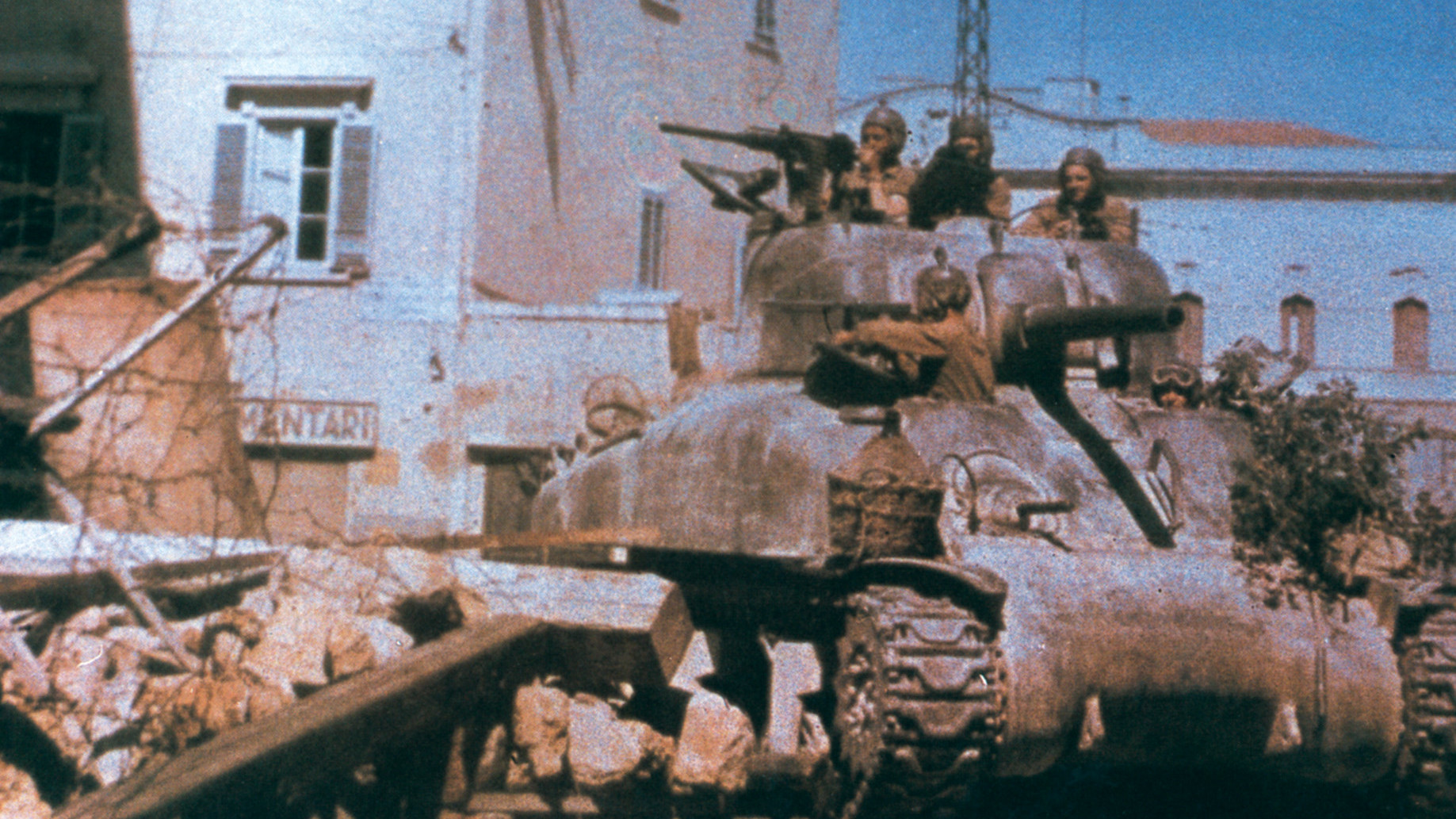
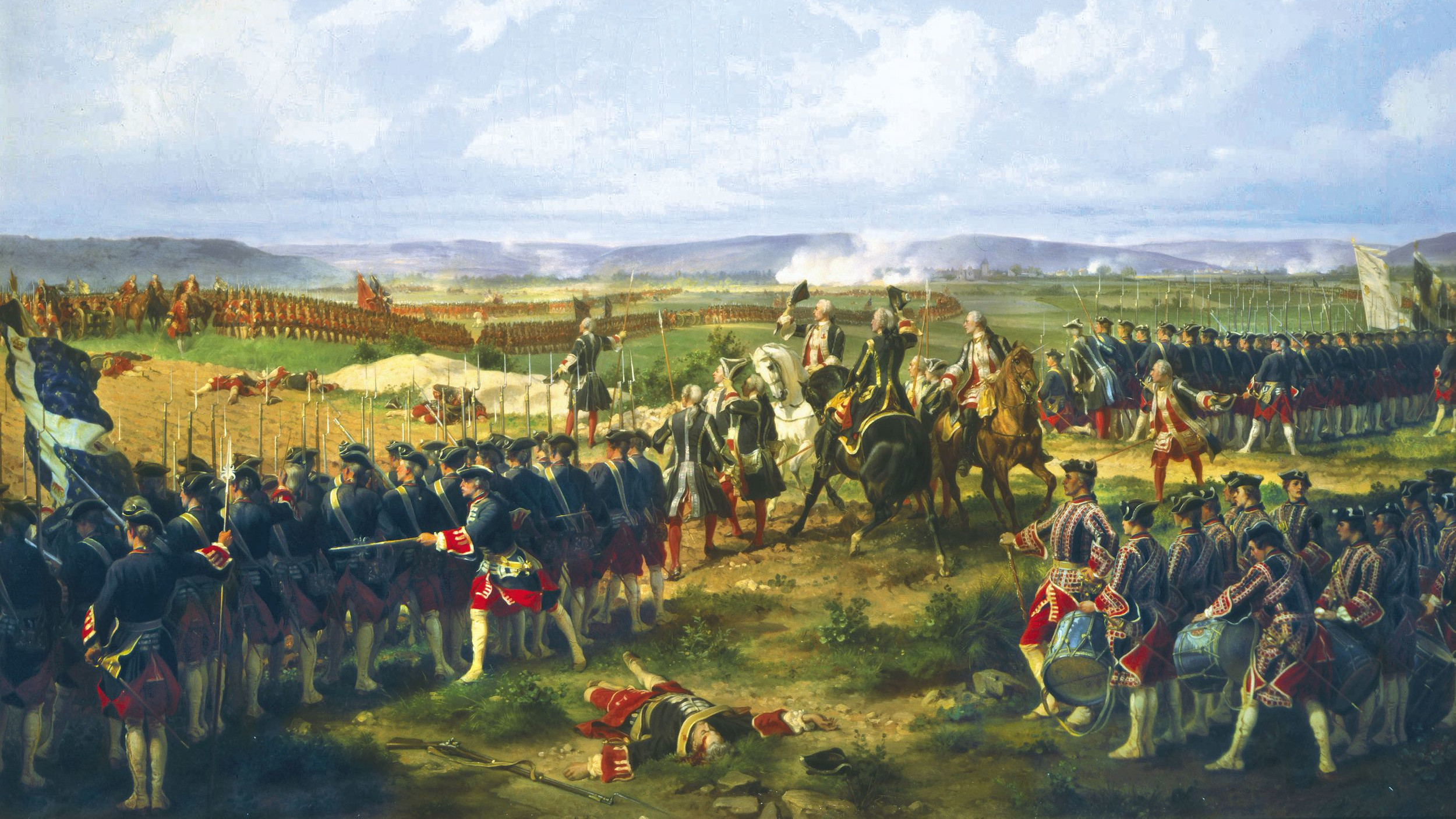
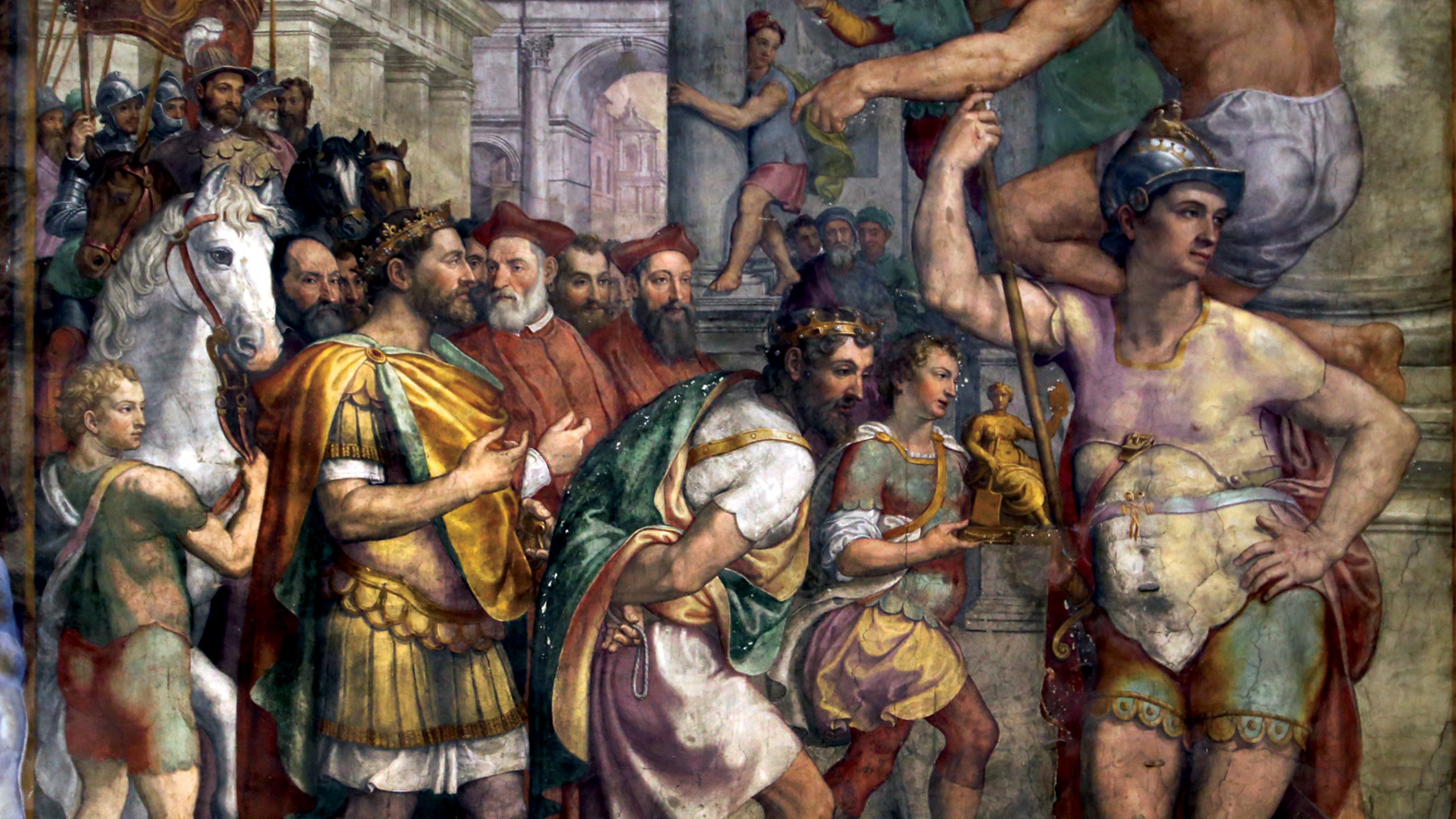
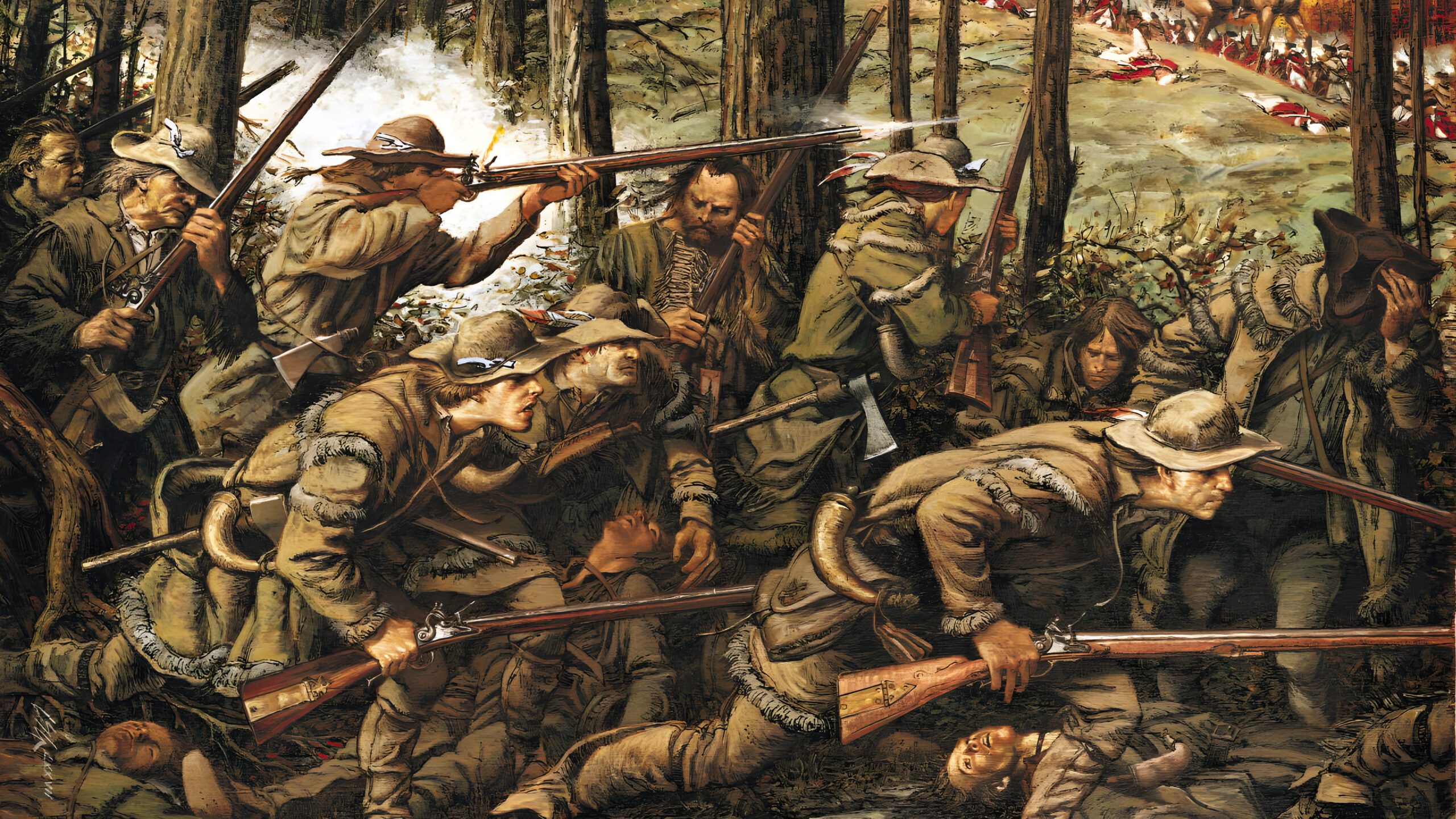
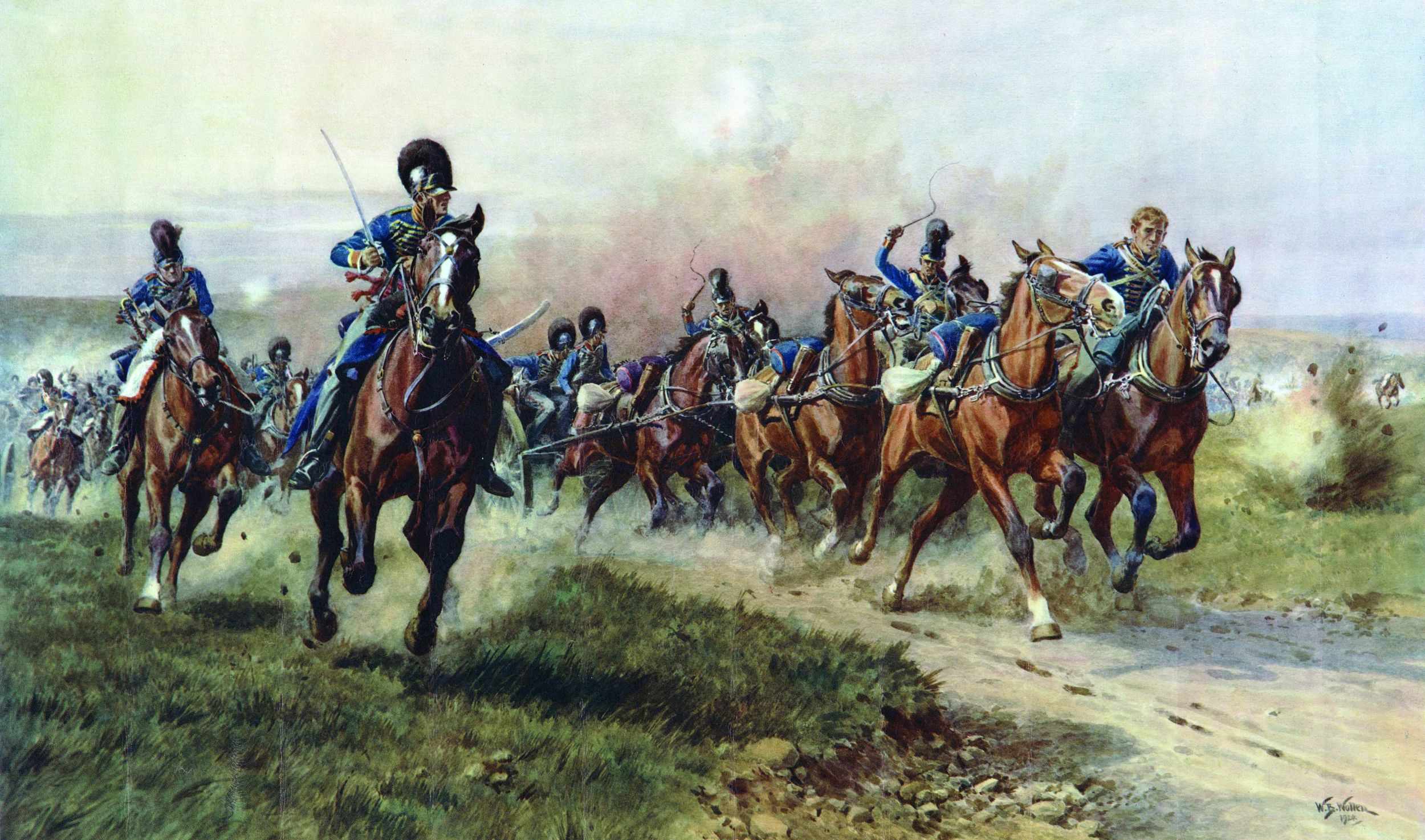
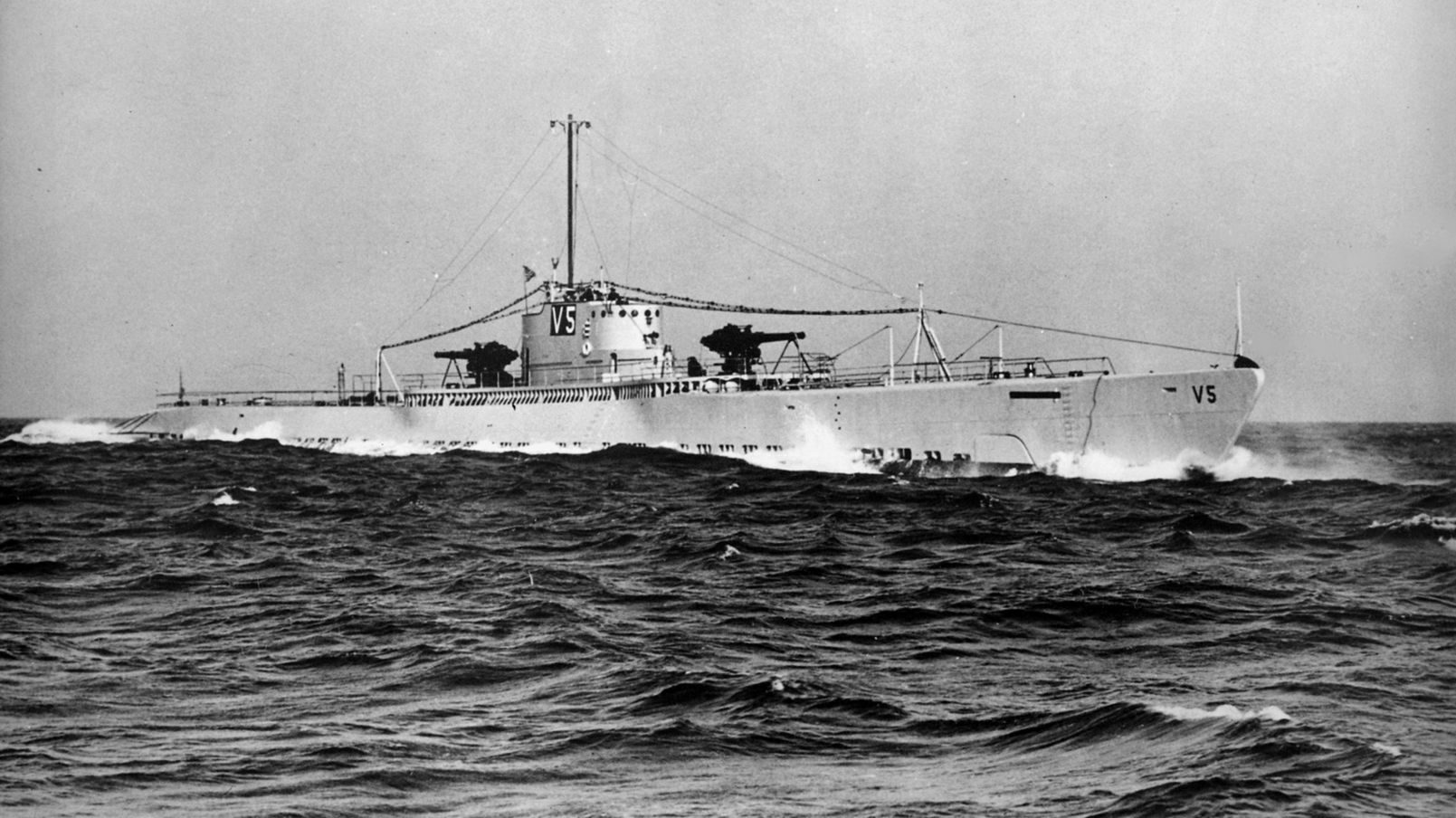


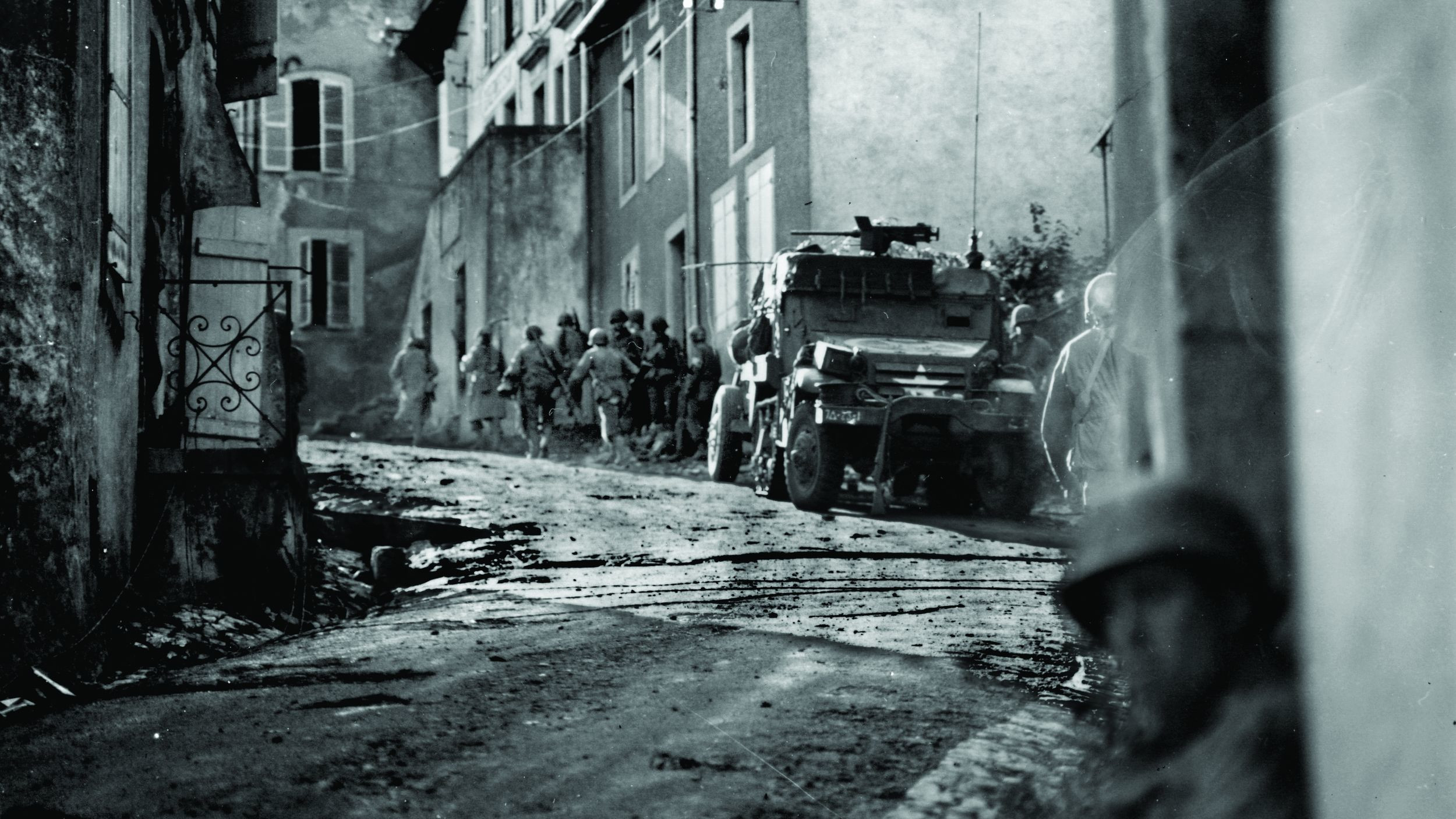
Join The Conversation
Comments
View All Comments